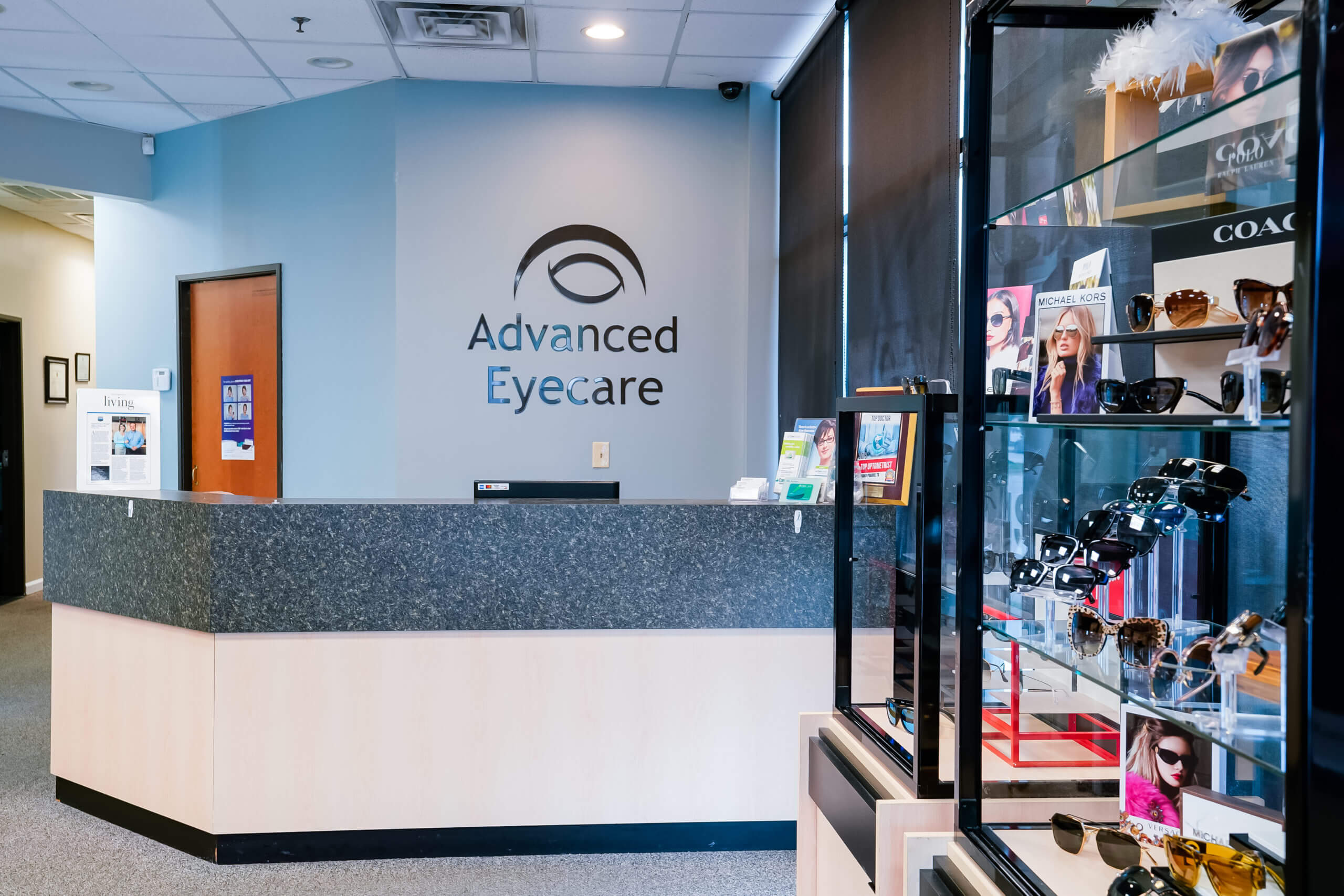Locate a Neurologist in Andalusia: Specialized Clinics and Treatment Providers
Locate a Neurologist in Andalusia: Specialized Clinics and Treatment Providers
Blog Article
The Advantages And Disadvantages of Different Refractive Surgical Procedures for Improved Eyecare

LASIK Surgery
LASIK surgery is a generally carried out refractive treatment that aims to remedy vision issues such as astigmatism, farsightedness, and nearsightedness. Throughout the treatment, a thin flap is created on the cornea, and a laser is used to improve the underlying tissue, remedying the refractive mistake.
One of the main benefits of LASIK surgery is the quick renovation in vision experienced by numerous patients. A lot of individuals see a considerable enhancement in their eyesight quickly after the treatment, with marginal downtime required for healing. Furthermore, LASIK is understood for its high success rate and reduced occurrence of issues when done by experienced doctors. Like any kind of surgical treatment, LASIK also carries some risks, including dry eyes, glare, halos, and under or overcorrection of vision. It is essential for individuals thinking about LASIK surgery to undergo a comprehensive examination by an eye care expert to establish if they appropriate prospects for the treatment.
PRK Treatment
The PRK procedure, also referred to as Photorefractive Keratectomy, is a sort of refractive surgical procedure that intends to deal with vision concerns similar to LASIK surgical treatment. Unlike LASIK, which involves creating a flap in the cornea, PRK works with the surface layer of the cornea. Throughout the PRK treatment, the external layer of the cornea, called the epithelium, is eliminated to permit improving of the underlying corneal cells with an excimer laser. This reshaping assists to deal with refractive mistakes such as farsightedness, nearsightedness, and astigmatism.
One of the advantages of PRK over LASIK is that it eliminates the danger of flap-related problems considering that no flap is produced during the surgery. In spite of the longer recovery period, PRK can be an ideal option for people seeking vision improvement surgical procedure.
SMILE Surgery
A cutting-edge refractive surgical procedure technique getting appeal in the area of ophthalmology is SMILE Surgical procedure. Small Incision Lenticule Removal (SMILE) is a minimally invasive treatment that remedies vision by reshaping the cornea utilizing a femtosecond laser. Unlike conventional LASIK surgery, SMILE Surgery includes developing a small cut in the cornea to remove a lenticule, which leads to much less disturbance to the corneal framework and possibly much faster recuperation times.
One of the primary advantages of SMILE Surgical treatment is its ability to treat myopia click here for more (nearsightedness) and astigmatism with high precision, resulting in outstanding visual results for clients. The minimally invasive nature of the procedure also reduces the threat of complications such as completely dry eye syndrome, making it a desirable alternative for individuals looking for refractive surgery.

LASEK Method
Having explored the benefits and considerations of SMILE Surgery, another significant refractive surgical procedure strategy worth analyzing is the LASEK Method. LASEK, which means Laser-Assisted Subepithelial Keratectomy, is a form of laser eye surgical treatment that aims to fix refractive errors such as myopia (nearsightedness), hyperopia (farsightedness), and astigmatism.
Unlike LASIK, LASEK does not include official website producing a corneal flap. Rather, during a LASEK procedure, the cosmetic surgeon utilizes a watered down alcohol remedy to loosen up the slim outer layer of the cornea, understood as the epithelium. This layer is then carefully relocated aside to allow the laser to reshape the underlying corneal cells. When the cornea has actually been reshaped to the wanted level, the epithelial layer is rearranged.
One of the key benefits of LASEK is that it can be ideal for people with slim corneas that may not be great candidates for LASIK. Additionally, LASEK typically leads to very little post-operative pain and a quicker recuperation time contrasted to PRK. The aesthetic healing procedure with LASEK may be a little longer than with LASIK.
Implantable Get In Touch With Lenses
Implantable Get in touch with Lenses use a long-lasting vision modification option for people seeking an option to conventional call lenses or glasses. These lenses, also referred to as phakic intraocular lenses, are surgically placed linked here right into the eye to fix refractive mistakes such as nearsightedness (nearsightedness), hyperopia (farsightedness), and astigmatism. cardiologist andalusia. Unlike standard contact lenses that remain on the surface of the eye, implantable get in touch with lenses work within the eye itself, giving clear vision without the requirement for daily maintenance or removal
Among the crucial benefits of implantable get in touch with lenses is their durability. Once inserted, they can stay in the eye indefinitely, supplying secure and consistent vision correction. Additionally, these lenses can be an excellent option for individuals that are not great candidates for laser eye surgery or who prefer a reversible vision modification procedure.
However, implantable call lenses do carry some threats, including the potential for cataracts or enhanced eye stress. It is essential for people considering this option to talk to an eye treatment specialist to determine if implantable get in touch with lenses are the appropriate option for their certain demands and eye health.
Final Thought
In conclusion, each type of refractive surgery has its own benefits and disadvantages. LASIK surgery is prominent for its fast recuperation time, while PRK treatment might be ideal for clients with thin corneas.

On The Whole, SMILE Surgical treatment provides an appealing alternative for people looking to enhance their vision via refractive surgical procedure.
Report this page